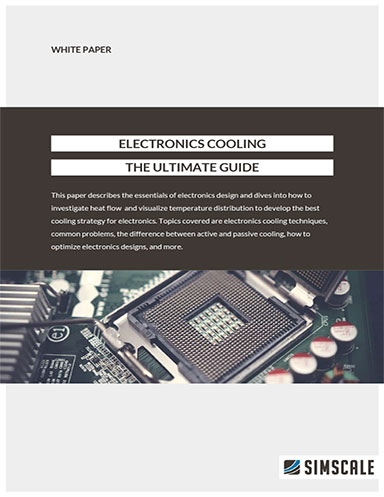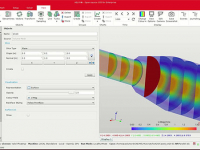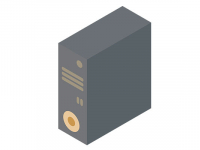
May 13, 2021
The rise of electronics in recent years and their continued miniaturization have led to a sharp increase in power density. Due to this, the adequate removal of heat flux as well as uniform power dissipation have become the main goals in thermal management. In tackling this design challenge, electronics cooling emerges as the vital process of cooling components within electronic systems to prevent overheating and ensure performance.
In the following guide, the field of electronics cooling will be explained in full, including the market, background, cooling techniques, main challenges faced by engineers, and solutions to optimizing and testing an electronic design.
The Electronics Market
Every second, millions of people are using electronic devices at home, in the office, or on the go. On that scale, hundreds of billions of electronic components are embedded in objects that are used daily, from cars and home appliances to working tools and utilities. The key players in the electronics industry are facing a very demanding market. They must constantly adapt to swiftly changing trends, rapidly release new products, and continuously offer cheaper and better solutions that incur fewer expenses.
Fill out the information below to download the resource.
Latest News







